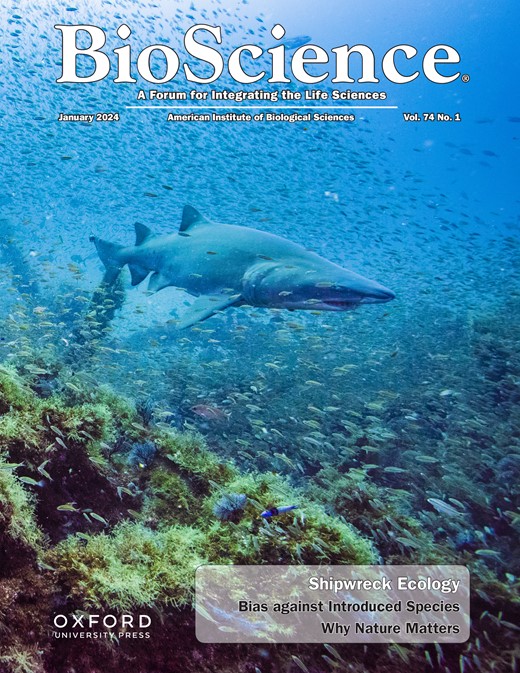人类世中具有腐殖质酸代谢的植物的潜在扩展性
IF 7.6
1区 生物学
Q1 BIOLOGY
引用次数: 0
摘要
一个被忽视的现象是,具有高效水分利用率的茎基酸代谢(CAM)植物的分布和丰度可能会增加。在本文中,我们对最近的研究进行了批判性分析,以探讨在全球变化的情况下,CAM植物最近可能在多大程度上扩大了分布范围和丰度,以及其原因何在。我们讨论了与 CAM 多汁性相关的生态生理学和进化机制,以及 CAM 潜在扩展的驱动因素,包括干旱、气候变暖和大气二氧化碳富集。我们进一步绘制了 CAM 扩张的生物地理模式图,并表明一些 CAM 植物(如 Cylindropuntia、Opuntia 和龙舌兰)正在全球旱地景观中扩张和侵占。我们的研究结果共同突显了近期 CAM 植物的扩张,这种趋势在气候变化导致干旱加剧的情况下可能会持续下去。我们建议在数据-模型综合框架内评估 CAM 的扩张,以更好地理解和预测人类世期间 CAM 扩张对生态和社会经济的影响。本文章由计算机程序翻译,如有差异,请以英文原文为准。
Potential expansion of plants with crassulacean acid metabolism in the Anthropocene
An overlooked phenomenon is a potential increase in the distribution and abundance of plants with the highly water-usage-efficient crassulacean acid metabolism (CAM). In the present article, we critically analyze recent research to investigate to what extent and why CAM plants may have recently expanded their range and abundance under global change. We discuss the ecophysiological and evolutionary mechanisms linked with CAM succulence and the drivers underlying potential CAM expansion, including drought, warming, and atmospheric carbon dioxide enrichment. We further map the biogeographic pattern of CAM expansion and show that some CAM plants (e.g., Cylindropuntia, Opuntia, and Agave) are expanding and encroaching within dryland landscapes worldwide. Our results collectively highlight the recent expansion of CAM plants, a trend that could be sustained under increasing aridity with climate change. We recommend that CAM expansion be evaluated in a data-model integrated framework to better understand and predict the ecological and socioeconomic consequences of CAM expansion during the Anthropocene.
求助全文
通过发布文献求助,成功后即可免费获取论文全文。
去求助
来源期刊

BioScience
生物-生物学
CiteScore
14.10
自引率
2.00%
发文量
109
审稿时长
3 months
期刊介绍:
BioScience is a monthly journal that has been in publication since 1964. It provides readers with authoritative and current overviews of biological research. The journal is peer-reviewed and heavily cited, making it a reliable source for researchers, educators, and students. In addition to research articles, BioScience also covers topics such as biology education, public policy, history, and the fundamental principles of the biological sciences. This makes the content accessible to a wide range of readers. The journal includes professionally written feature articles that explore the latest advancements in biology. It also features discussions on professional issues, book reviews, news about the American Institute of Biological Sciences (AIBS), and columns on policy (Washington Watch) and education (Eye on Education).
 求助内容:
求助内容: 应助结果提醒方式:
应助结果提醒方式:


